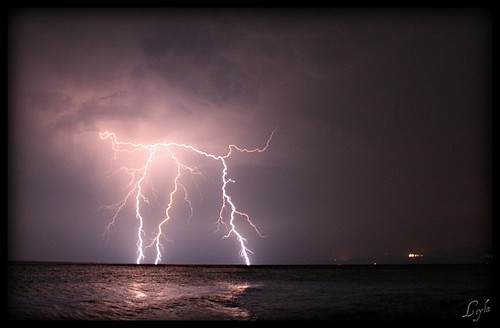Why Some People Almost Always Take Awesome Photographs
If you have ever spent serious time working or learning from a well-known professional photographer, then you will come to realise that some of them barely ever take a bad photo. While it can be a little disheartening to see the shots from an afternoon and know that their worst shot is better than your best, it also means there is a technique to the craft that can be emulated. In my experience, the people who take constantly excellent photos have a few characteristics and follow a few rules that set them apart from many other photographers. Here is what I have witnessed.
They Know Their Camera – Most folks I have seen whose skill I want to copy know their camera like the back of their hand. Without taking their eye from the view finder they can switch back and forth from auto-exposure bracketing, white balance adjustments, ISO, aperture and whatever else their weapon of choice can do. Usually this is a result of them having used the same gear for years and practiced so much that adjustments on their camera become a reflex. A great piece of advice for amateur photographers with a new DSLR is to sit down and read the instruction manual from cover to cover!
They Pre Plan – On the way to a shoot, these photographers are already thinking about (and probably chatting to their assistants about) the conditions they expect to be shooting under. That means they take the right selection of gear and know exactly what to do when they get there. If they are not sure about the shooting conditions, they will often plan according to a variety and take appropriate gear. I spent many train trips in Japan (as a photographer’s assistant) simply listening to my boss tell me about what the shooting conditions would likely be and how we should react to them.
They Know the Theory – A big part of what allows these people to pre plan their shoots is knowing what type of shooting situations require which type of reaction. Knowing that indoor fluorescent lighting will give a green tinge to most photos means you can adjust white balance setting on a camera accordingly. Knowing that photos of lightning are best taken at 100ISO with a tripod gives you an advantage when that situation rolls around. Knowing how to react to challenging shooting conditions allows such folks to pre-plan their shoots. The easiest way to get to know the theory behind photography is to read everything you can get your hands on about the subject.
They Get Close – Good photographers (usually) fill the frame with the subject. There is a reason that the first three rules of photography are “Get closer. Get closer. Get closer.” This might be generalising a little (landscape photography for example doesn’t require strict adherence), but when shooting a subject or person, these photographers get up close and personal. There is a reason that paparazzi get so close and jostle each other – good people shots require as much proximity as possible.
They Know Post Production – Whether they shoot on film or digital, these folks know how to get the most out of the post production process. That might mean burning and dodging in a darkroom or masking and correcting levels in Photoshop, but these guys have a solid understanding of what makes a great picture and they usually have an efficient work flow to back that up.
A lot of this comes down to a combination of two factors. Education and practice. Now education is what you make it – from reading websites like this one to buying and reading photography books and guides all the way through to going to photography colleges. Practice is pretty straight forward. How close you get to being able to emulate those folks who can take a great picture every time really depends on how much time you are willing to put into these two things.
The Pmarca Blog Archive Is Back… as an Ebook
-
[image: pmarcablogarchives_coverbyhagy] IMAGE: Jessica Hagy
Read More
10 years ago









No comments:
Post a Comment